The Role of HR in a Continuous Improvement Organization: Manpower Planning
(Reposted by permission of the author from LinkedIn)
I know as well as you that we are all interested in Human Resource because we want to do good. We want to help create an organization that values friendship, ethical conduct, well intentioned work and accountability. It seems that manpower planning is removed from these aims. From my opinion, nothing could be further from the truth. Manpower planning is one of the most important processes that exists in the work of human relations. It is the manifestation of many virtues that represent what we stand for.
Manpower planning, at its, heart should represent the kind of caring that brings to the forefront the development of people, the accounting of talent and the accountability of the organization to show how thoughtful planning can result in good. It is planning for the creation of a future that protects and guides all members to a better, more satisfying job experience. If taken seriously, it binds the organization together in a purpose that protects job security, enhances competency and sets the rules for how to succeed.
With these thoughts, manpower planning cannot become just a mechanical manifestation of numbers, descriptions and mandates to go find the very best people; it’s perspective is mid and long term as decisions are made about the relevance of skills possessed today and those needed tomorrow. For those who put in their effort every day, it represents the hope that somehow they will not be considered irrelevant. HR is not the leader of this effort because they can add and subtract; they are present and leading because they should hold and promote the ideals to be achieved by the organization.
So, let’s take a moment to properly define what manpower planning is. It is a process for determining future needs for people to be at the right place, at the right time, in the right jobs while sustaining the values and operating principles throughout the organization. This effort must achieve the goals and objectives of the organization to provide job security, must provide a framework for determining people and skills needed as well as a further mandate for developing people. It includes all those people inside who have hopes for a career and those people outside who possess the right competencies to be successful, all to achieve job satisfaction.
It is important to define development of the organization, to carefully integrate new members and to provide the environment for success. It is important to show how this can be achieved with the output being group satisfaction. It is important to explicitly demonstrate how one progresses to achieve more significant responsibility, pay and benefits. It should show clearly what the organization will be and how those good things are sustained.
The process is key because it must be accurate and complete. It should define trends in current and future employment. It should set standards for manpower levels, efficiency improvement, budget, succession and assimilation of the new and newly promoted.
The process scope should be near term, one year, mid-term, 3 to 5 years and longer if the organization requires overhaul for new technology. The process should be transparent to the entire organization, seeking strategic alignment from the executive committee, mid-term alignment from managers and short-term alignment from supervisors as a requirement for moving forward. The process should provide the coordination from the entire organization to manage cross-functional issues and must be fully supported by the supervisors in their quest for achievement of the annual plan.
HR is expected to mediate all the disagreements so that development is a universal mandate for all. HR has the responsibility to monitor all the effects of filling vacancies and moving people to appropriate jobs. When the plan is underway, HR must ensure that all values and operating principles must be adhered to.
For the process to be rational and comprehensive, HR must gather a substantial amount of information. In the end, HR will define the following information to be used in the creation of the plan:
- Organizational goals and objectives
- Retirements by personnel classification
- Role definitions and alignment
- Transfers by classification
- Quits by classification
- Discipline action that impact HR staffing transactions
- Training requirement by competency required
- Unique and mew competencies required
- Availability of internal personnel for promotion by classification
- Long term development requirements by classification
What’s at Stake
If done properly, mutual trust and respect will be enhanced as members are experiencing an unexpected process. The short and long-term job satisfaction will move forward, and if sustained, become an expectation delivered on over the long term. The members will experience being the focus of attention through being valued. The organization will experience HR being a reliable source of manpower delivered through promotions, transfers, new skill additions, smooth succession and the infusion of people from the outside. HR is further entrenched in their role on the executive committee as a trusted partner in delivery of business results.
A few thoughts and questions
When HR delivers on the promise of manpower planning, the entire organization will take notice. This in turn enhances all the HR efforts. At the center of this are two defining attributes:
- The ability to solve a complex algorithm
- Existence as an organization that holds themselves and others accountable for job and work satisfaction and fairness in planning and execution.
Questions:
- How does HR create the true expectation for manpower plan?
- How does the data get accumulated and organized?
- What should HR do to prepare the Executive Committee for the level of commitment required?
- What is the rationale for expending the time and effort required for manpower planning?

 2019, Total Systems Development, Inc.
2019, Total Systems Development, Inc.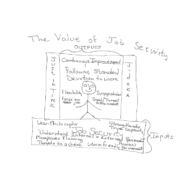
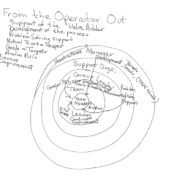
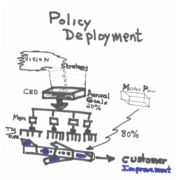 2019, Total Systems Development, Inc.
2019, Total Systems Development, Inc.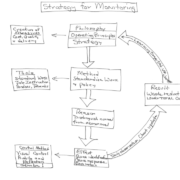

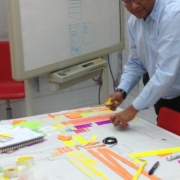
 Total Systems Development, Inc., 2019
Total Systems Development, Inc., 2019